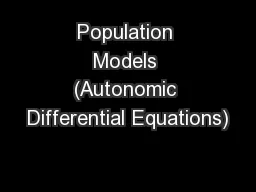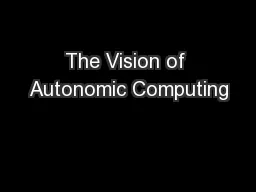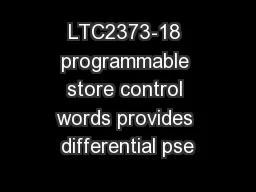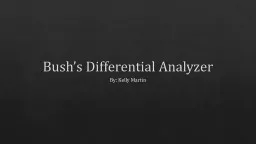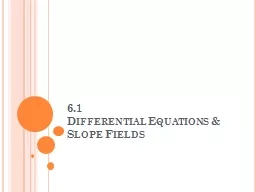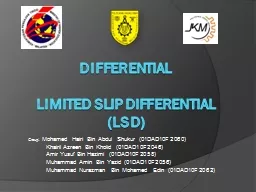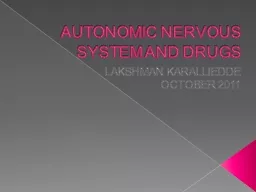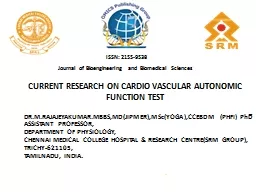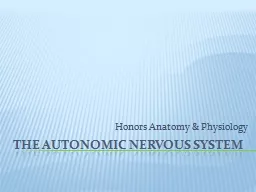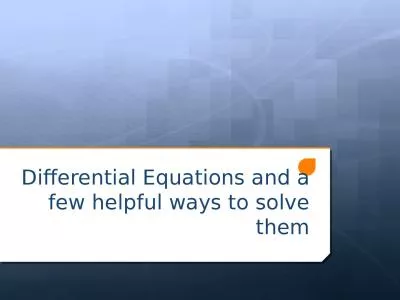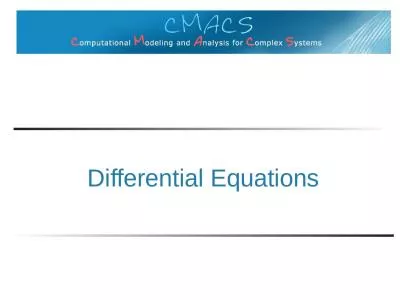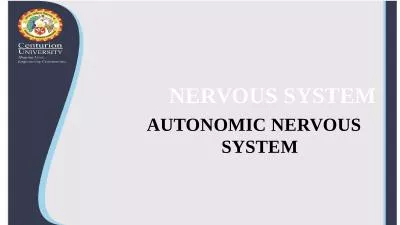PPT-Population Models (Autonomic Differential Equations)
Author : pasty-toler | Published Date : 2018-09-21
MAT 275 The first type of population model is called the unconstrained model In words it is typically stated as The rate of change of a population at time t is
Presentation Embed Code
Download Presentation
Download Presentation The PPT/PDF document "Population Models (Autonomic Differentia..." is the property of its rightful owner. Permission is granted to download and print the materials on this website for personal, non-commercial use only, and to display it on your personal computer provided you do not modify the materials and that you retain all copyright notices contained in the materials. By downloading content from our website, you accept the terms of this agreement.
Population Models (Autonomic Differential Equations): Transcript
Download Rules Of Document
"Population Models (Autonomic Differential Equations)"The content belongs to its owner. You may download and print it for personal use, without modification, and keep all copyright notices. By downloading, you agree to these terms.
Related Documents

